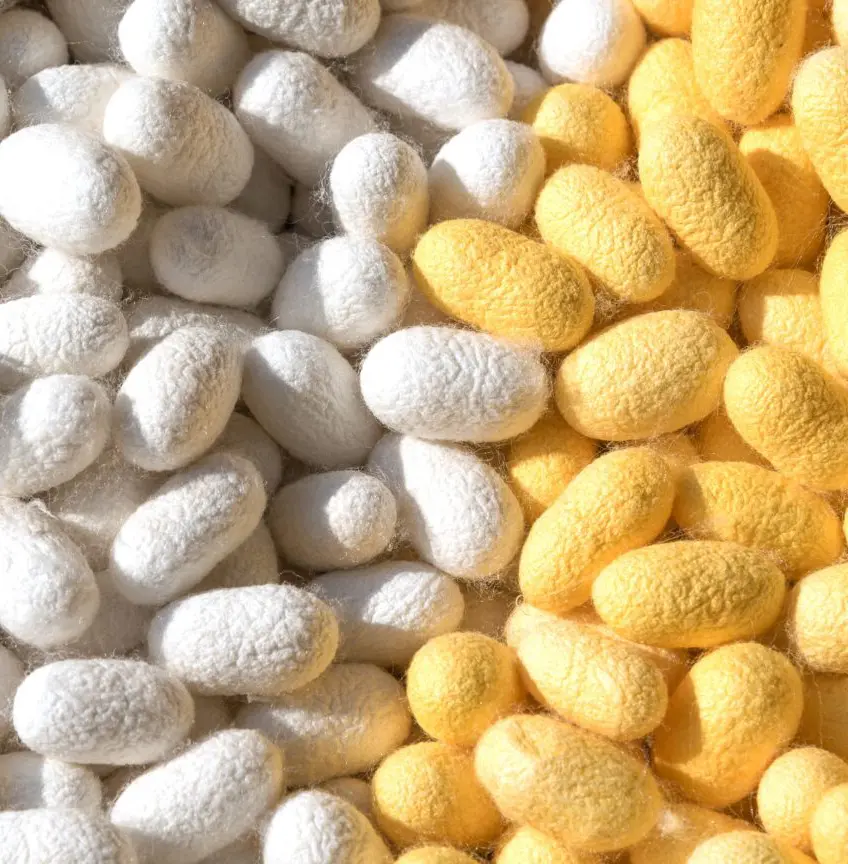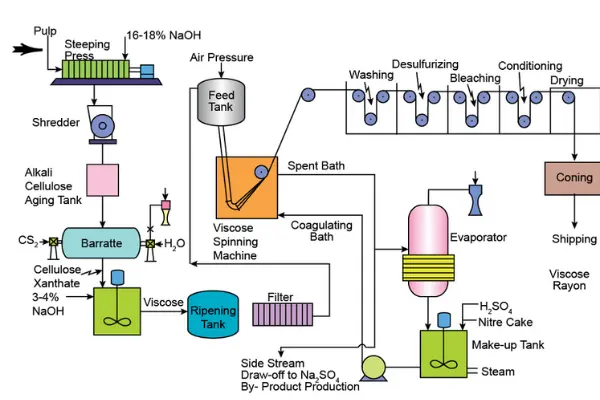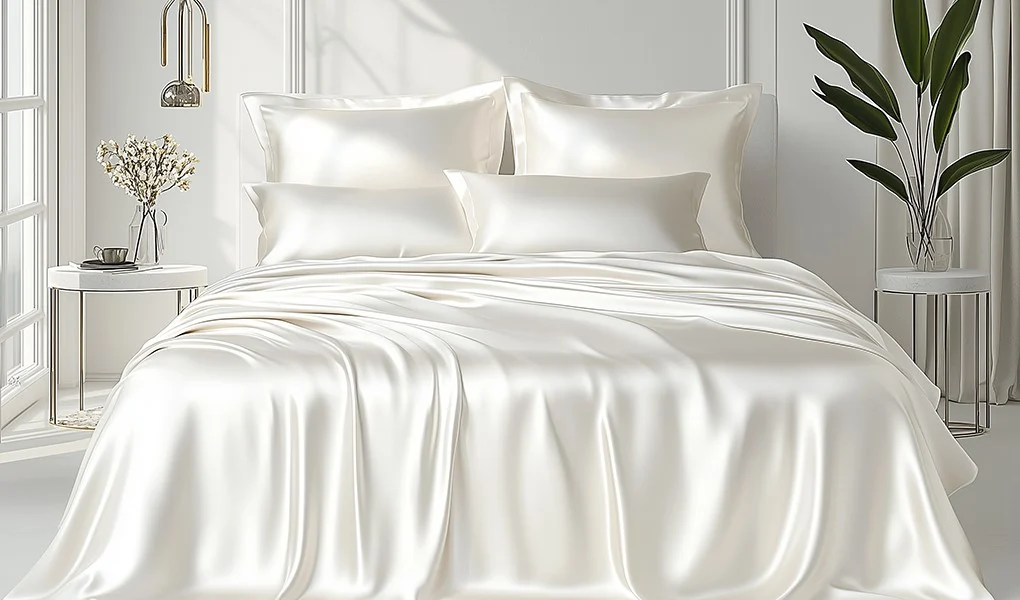When shopping for bed sheets, pillowcases, or duvet covers, you might find yourself wondering: What’s the difference between silk, viscose, and rayon? These materials often look and feel similar, but they come from very different sources—and each has its own advantages and drawbacks. As a professional bedding manufacturer, Yintex is here to help you make informed choices based on comfort, price, skin sensitivity, and environmental impact.
What Is Silk?
Silk is a natural protein fiber produced by silkworms. It’s one of the oldest and most luxurious fabrics in the world.
Key Features of Silk:
- 100% natural and hypoallergenic
- Luxuriously soft with a natural sheen
- Highly breathable and temperature regulating
- Helps reduce friction on skin and hair (great for pillowcases)
- Requires delicate care (often hand wash or dry clean)
- Higher price point
Ideal For: Luxury bedding, sensitive skin, and elegant bedroom aesthetics.

What Is Viscose?
Viscose is a semi-synthetic fiber derived from natural wood pulp, such as bamboo, beech, or pine. It’s technically a type of rayon but is often labeled separately due to its unique manufacturing process.
Key Features of Viscose:
- Smooth and soft, similar to silk (often called “artificial silk”)
- Breathable and lightweight
- Drapes beautifully on the bed
- Less expensive than silk
- Can wrinkle easily and may require special care
Ideal For: Affordable luxury-look bedding, summer sheets, and decorative shams.

What Is Rayon?
Rayon is a broad category of fibers made from regenerated cellulose, usually from wood pulp. Viscose, modal, and lyocell are all types of rayon, but they differ in processing and characteristics.
Key Features of Rayon (General):
- Derived from natural cellulose but chemically processed
- Feels soft, breathable, and cool to the touch
- Varies in texture, drape, and durability depending on the type (modal is stronger; lyocell is more eco-friendly)
- Often affordable and used in blends
Ideal For: Mid-range bedding products that offer softness and breathability at a good value.

Quick Comparison Table
| Feature | Silk | Viscose | Rayon (General) |
|---|---|---|---|
| Origin | Natural (silkworms) | Semi-synthetic (wood pulp) | Semi-synthetic (cellulose) |
| Feel | Ultra-smooth, glossy | Smooth, silk-like | Soft and breathable |
| Breathability | Excellent | Good | Good to excellent |
| Price | High | Moderate | Moderate |
| Durability | Moderate | Moderate to low | Varies by type |
| Care | Hand wash/dry clean | Dry clean recommended | Varies (machine wash modal/lyocell) |
| Eco-Friendliness | Natural but resource-intensive | Not very eco-friendly | Varies (Lyocell = eco-friendly) |
Which Fabric Is Best for Bedding?
Choosing between silk, viscose, and rayon depends on what you value most:
- Silk: Best for luxury, sensitive skin, and breathable comfort. Worth the investment for pillowcases and duvet covers.
- Viscose: A great alternative if you love the feel of silk but prefer a more budget-friendly option.
- Rayon (Modal, Lyocell): Excellent middle ground—soft, breathable, and increasingly eco-conscious, especially in Tencel-branded lyocell.
Final Thoughts from Yintex
Understanding fabric differences helps you choose bedding that supports your sleep and suits your lifestyle. At Yintex, we manufacture a wide range of bedding using carefully selected materials—from pure cotton to eco-friendly rayon blends—to ensure both comfort and durability.


Leave a Reply